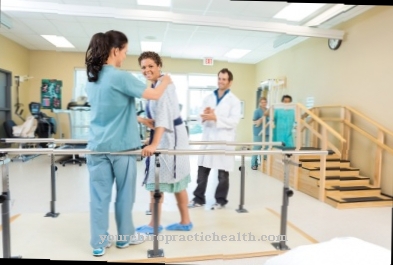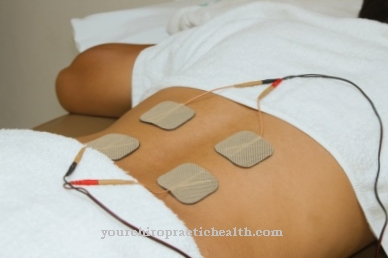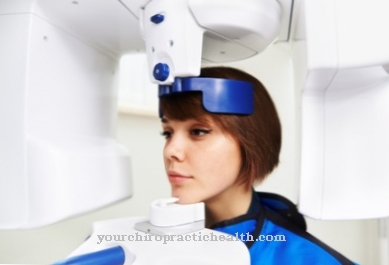Unfortunately, despite the most modern medical treatment methods, cancer has not yet lost its horror. With a regular use of the effective methods of Cancer screening the chances of recovery can be significantly improved.
What is cancer screening?

The objective of the Cancer screening mainly includes the early detection of tumors in various organs. Cancer screening is not necessary for every type of cancer. In the case of malignant tumors with a recognized metastasis, cancer prevention can be life-saving and life-extending.
Cancer prophylaxis in the German health system is based on uniform guidelines in order to guarantee the highest possible quality of the procedures. In addition, cancer prevention with a wide variety of procedures can even be implemented free of charge from a certain age, so that special risk groups can benefit from it. The medical examinations carried out favor cancer prevention in women and men.
Function, effect & goals
The Cancer screening refers exclusively to tumor diseases that can develop in the colon, skin or breast. Some procedures also ensure cancer prophylaxis in relation to lung cancer.
The individual medical-technical preventive procedures include colonoscopy or colonoscopy and mammography. Breast screening is a tried and tested method for women to identify breast cancer as early as possible. Not only the technical, imaging processes, but also laboratory and clinical examinations are useful in cancer screening.
The laboratory tests of stool for the presence of occult blood provide clear indications of cancer prophylaxis for colon cancer. The palpations (scans) in the colon during cancer screening for colon cancer are also significant. Furthermore, the informative value of tactile procedures by a urologist with regard to a suspected prostate cancer is extremely important as part of the preventive measures.
Cancer screening in women is also expanded to include swabs of the uterine lining carried out by the gynecologist. This cancer prophylaxis includes a complementary scan of the external and internal female genital organs in order to be able to diagnose cancer of the cervix, ovaries or uterus at an early stage. In a smear preparation, special cell associations or individual cells can be seen under the microscope, which are characteristic of tumor growth. Cancer prevention thus relates to the skin, the prostate and the female genital organs, the breasts and the intestines.
Mammography screening is already used by many women who are included in the 50 and over risk group and can achieve a presentation of breast cancer. This procedure is expanded to include more specific ultrasound recordings and a further tissue biopsy of the breast as a preventive therapy for differential diagnosis. Mammography is a relatively efficient and almost painless procedure in which the breast is compressed to a certain volume and x-rayed.
Mammography is a radiological procedure. It is not only granted to women as cancer prevention. Men can also be treated with a mammography examination. Further technologies are the so-called tomosynthesis and mammography based on the magnetic resonance principle.
In the case of a colonoscopy, a further development of the usual procedure contributes to the fact that even clearer indications of colon cancer can be recorded and the burden on risk groups is no longer so high in this cancer screening. By inserting an endoscope into the large intestine, tumor formation that is immediately present can be identified during cancer screening. Even conspicuous cell structures such as colon polyps, which are often cancerous, can be visually identified during a colonoscopy.
Risks & dangers
All at the Cancer screening The interventions and technologies used have been tested for their side effects and risks in years of tests. With all procedures, the high-risk patients can rely on a good tolerance and a corresponding safety.
After comparing the benefits and risks, you can make use of the cancer screening examinations with a clear conscience, despite some unpleasant preparations (such as a colonoscopy). Given the high chances of early cancer detection, those willing to be examined are happy to accept existing inconveniences.
In addition, almost all cancer screening techniques are painless. The only problem is the psychological stress that every person individually endures or perceives in the context of cancer screening.

























.jpg)

.jpg)
